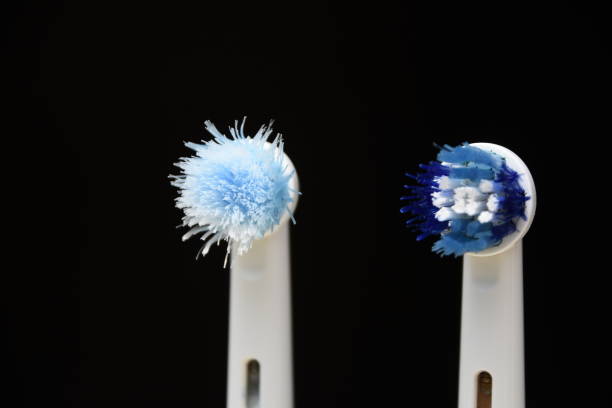
When Should You Change Toothbrush Heads?

When electric toothbrushes were first introduced to the mass market in the 1960s, they completely revolutionised the way we clean our teeth, making it much easier to remove plaque and get to those difficult-to-brush areas.
But like everything, if we want our electric toothbrushes to work as they should, they need to be well cared for. This includes the brush heads, which need to be changed frequently to ensure our teeth are being cleaned properly.
But how long should a brush head last and how do you know when it’s time for a change? In this blog, we’ll answer both of these questions and more, so without further ado let’s get to it.
Why You Need To Keep Brush Heads Fresh
When it comes to keeping your oral hygiene in check, one of the most important steps to take is to change your toothbrush heads when the one you’ve been using is past its best.
So why is changing these heads so crucial? Well, although your brush may start off in tip-top shape ready to battle plaque and anything else your mouth can throw at it, as you’ve probably noticed, over time it’ll start to wear down. After a while, its cleaning abilities are less effective and plaque and food particles may get the upper hand!
Likewise, the bristles on toothbrush heads can also be a breeding ground for bacteria. Over time, this can accumulate and while washing with boiling water should get most of it off, most of us don't tend to sterilise our toothbrush heads, which means all that bacteria is going into our mouths.
Yuck!
When It’s Time For A Change
So, how do you know when it's time to bid farewell to your toothbrush head? Thankfully, there are some obvious signs that tell us it’s time for a change.
First off, keep a close eye on the state of your bristles. If they're frayed, splayed or just don't have the same strength as before, that’s the biggest sign you need a new brush head. At this stage, they've lost much of their cleaning abilities and they’re likely full of bacteria.
Double yuck!
Another sign to watch for is stiffness. If they’ve completely lost their support then they’re not going to get to those hard-to-reach areas of your mouth, rendering the brush pretty useless.
Lastly, if you’ve had a bug or some sort of illness, this is always a good time to switch brush heads. That’s because bacteria and viruses can lurk on the bristles, so to prevent yourself or others from being repeatedly struck down by the illness, bin your toothbrush head and swap for another.
Toothbrush Lifespan
Many people don't know this, but a toothbrush head has a lifespan. Yes, just like that bottle of milk that’s been sitting in the fridge for slightly too long, your toothbrush head can exceed its lifespan.
Most dentists or dental experts recommend changing your brush head every three to four months, so follow this rule to help stay on top of your oral hygiene.
You might think there are some clever ways to prolong the lifespan of your brush. In truth, cleaning it regularly will prevent the build-up of bacteria. But once the bristles have lost their stiffness, there’s not a lot you can do. At this stage, it’s time to put your toothbrush head into retirement, aka the bin!
So that’s everything you need to know about changing your toothbrush head. How long should your toothbrush head last? Well, it depends on how much it’s used, how you brush and how well you look after it. Best case scenario, your toothbrush head should last three months, but if it’s not looked after it could be much less.
If you’re in search of professional toothbrush heads then you’re in the right place as we stock a wide range of products.

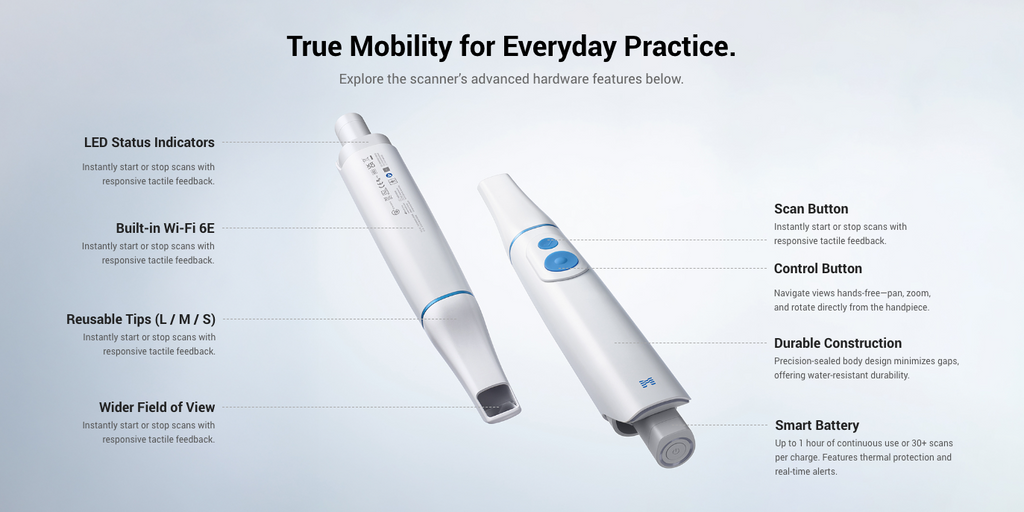
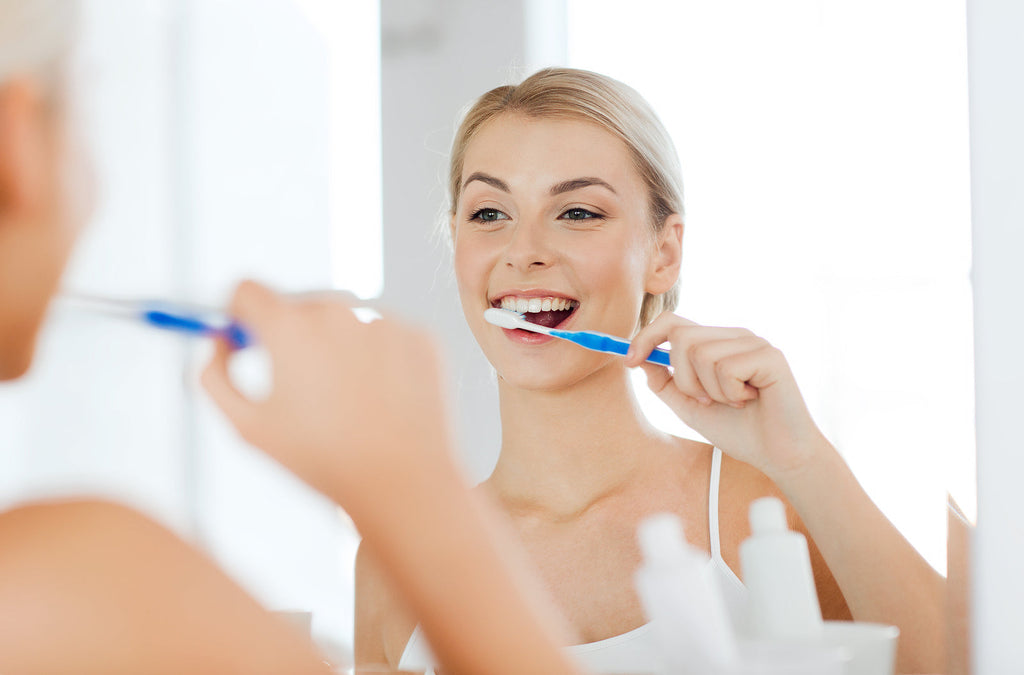
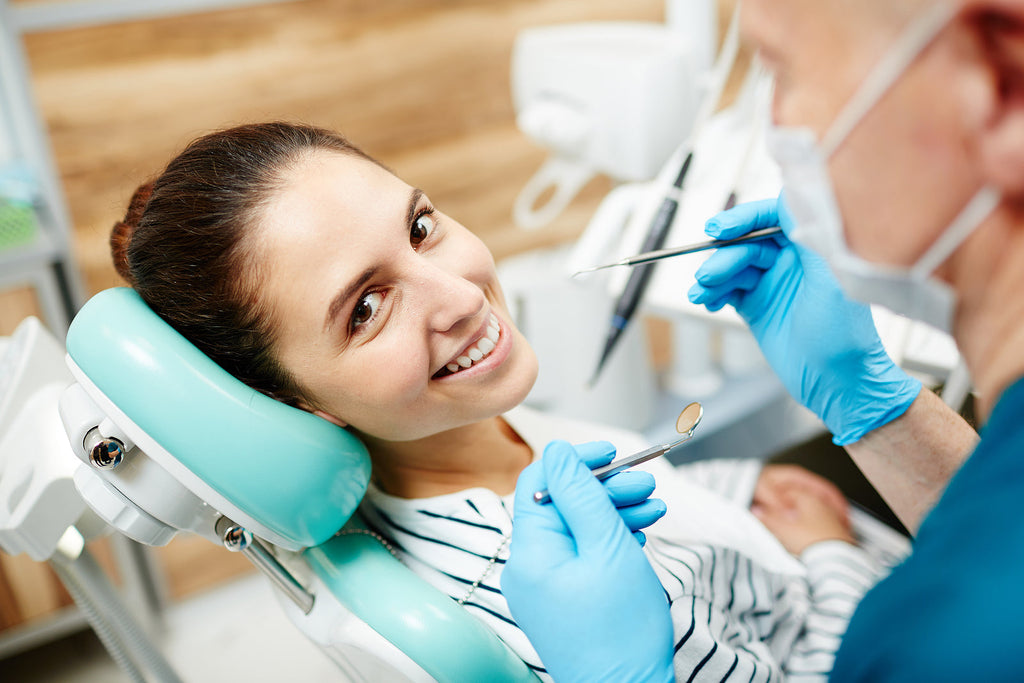
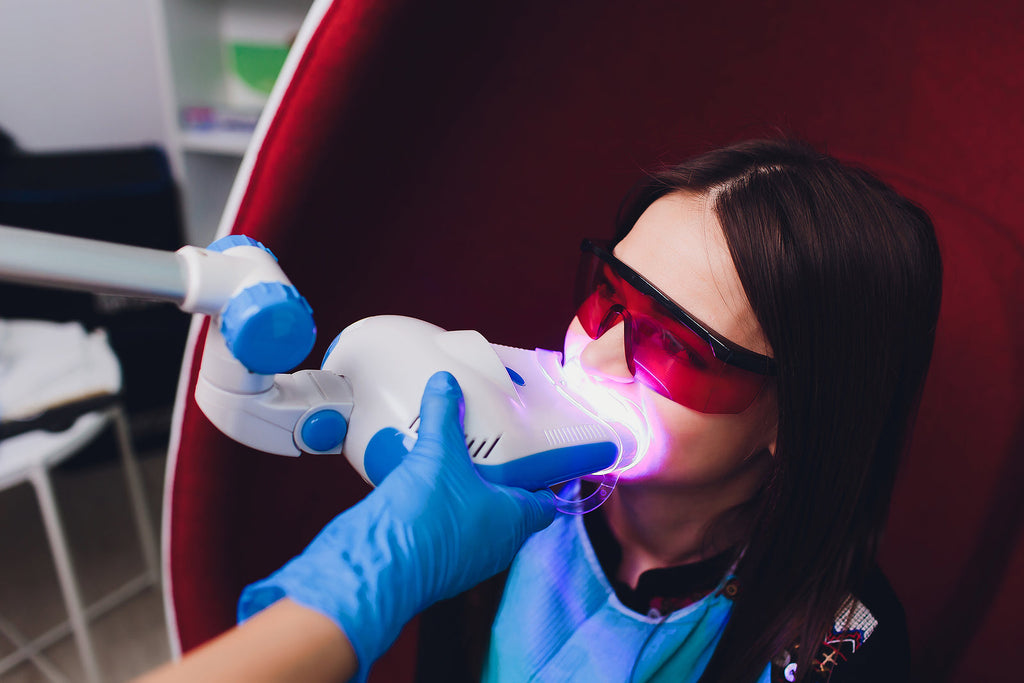
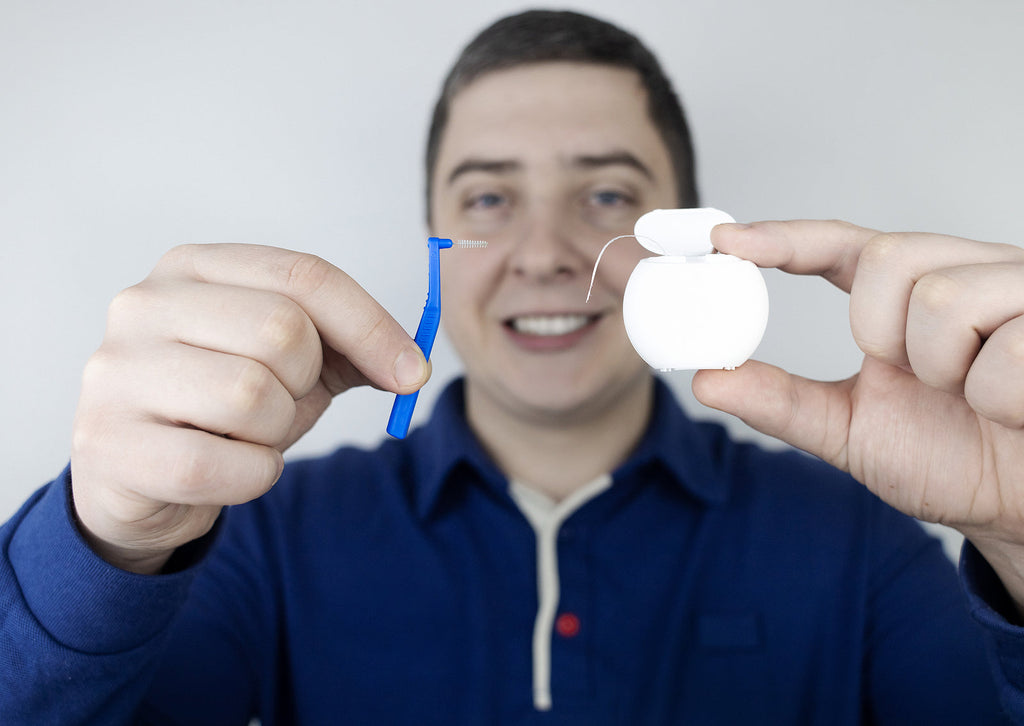
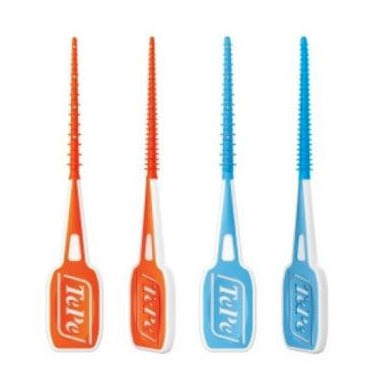
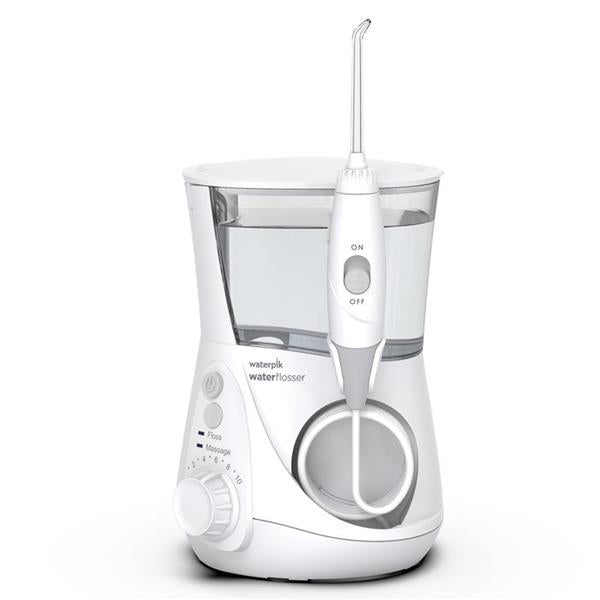
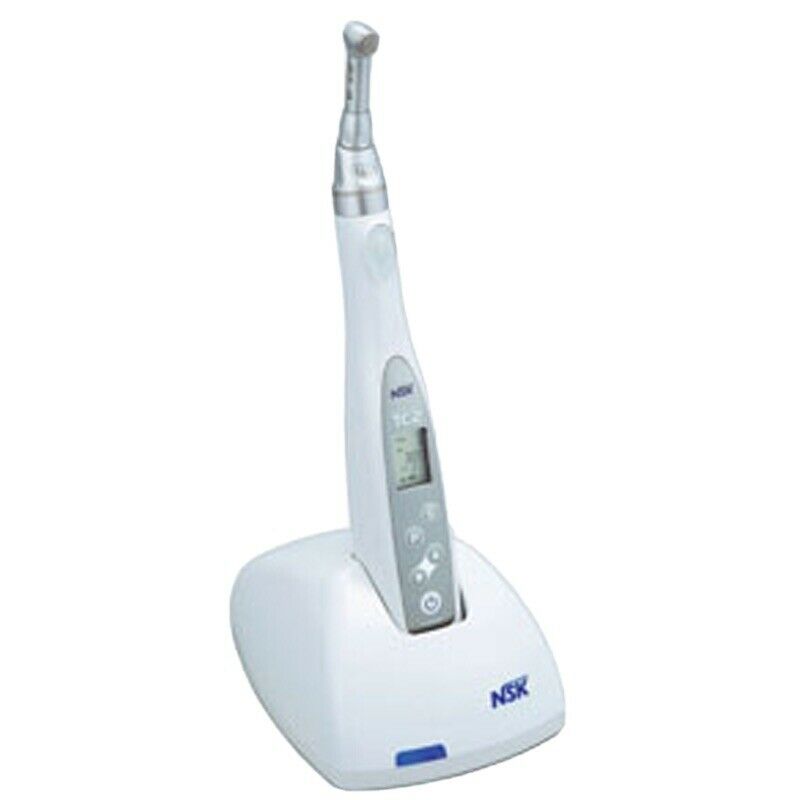
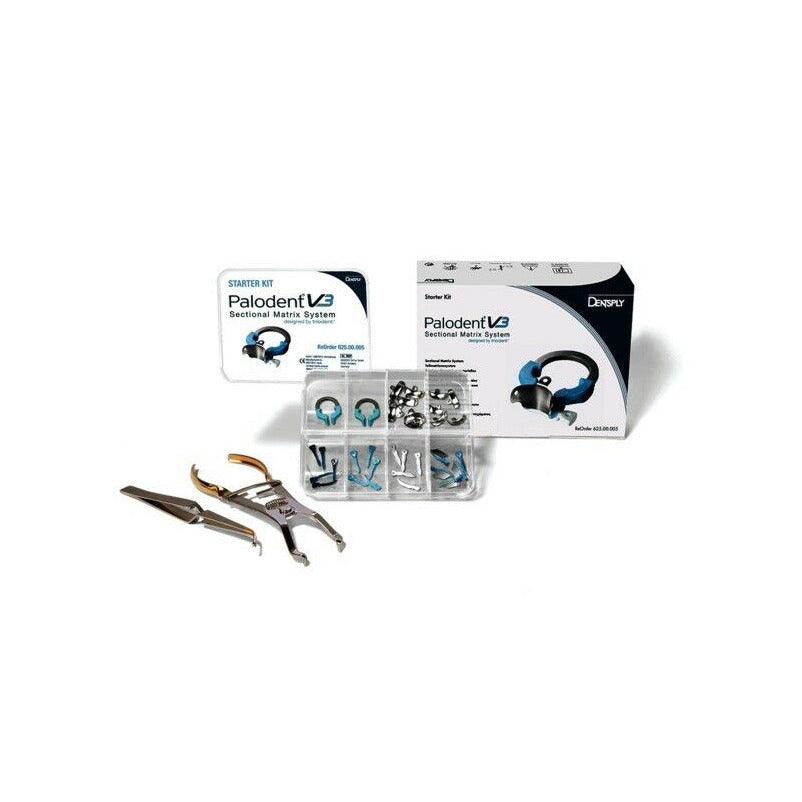
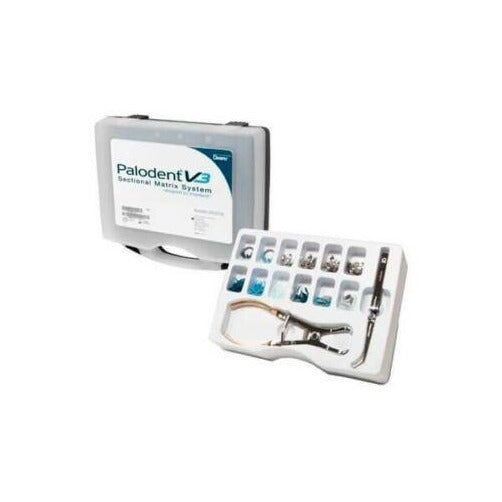
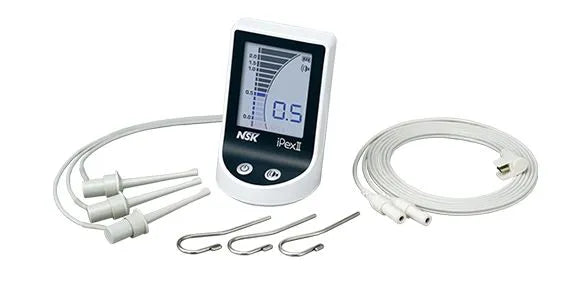
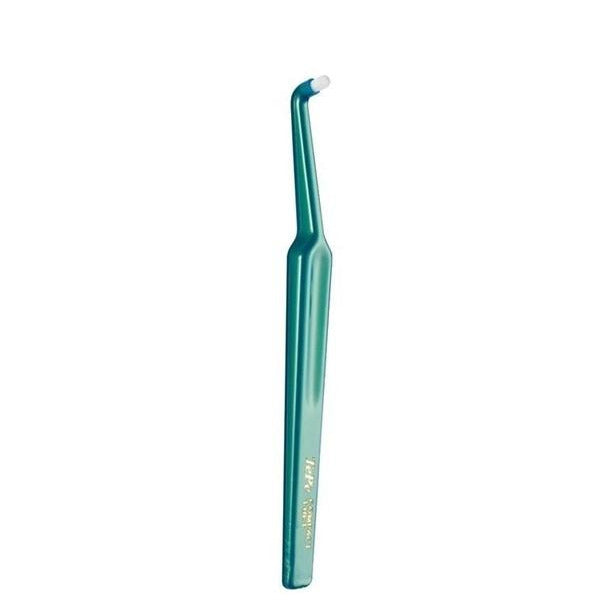
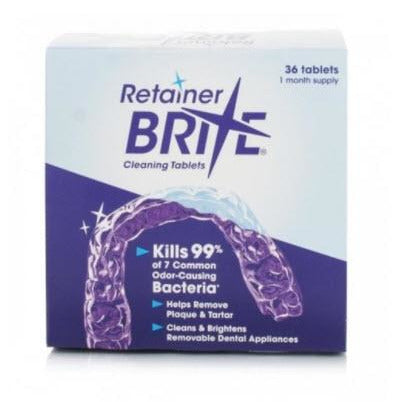
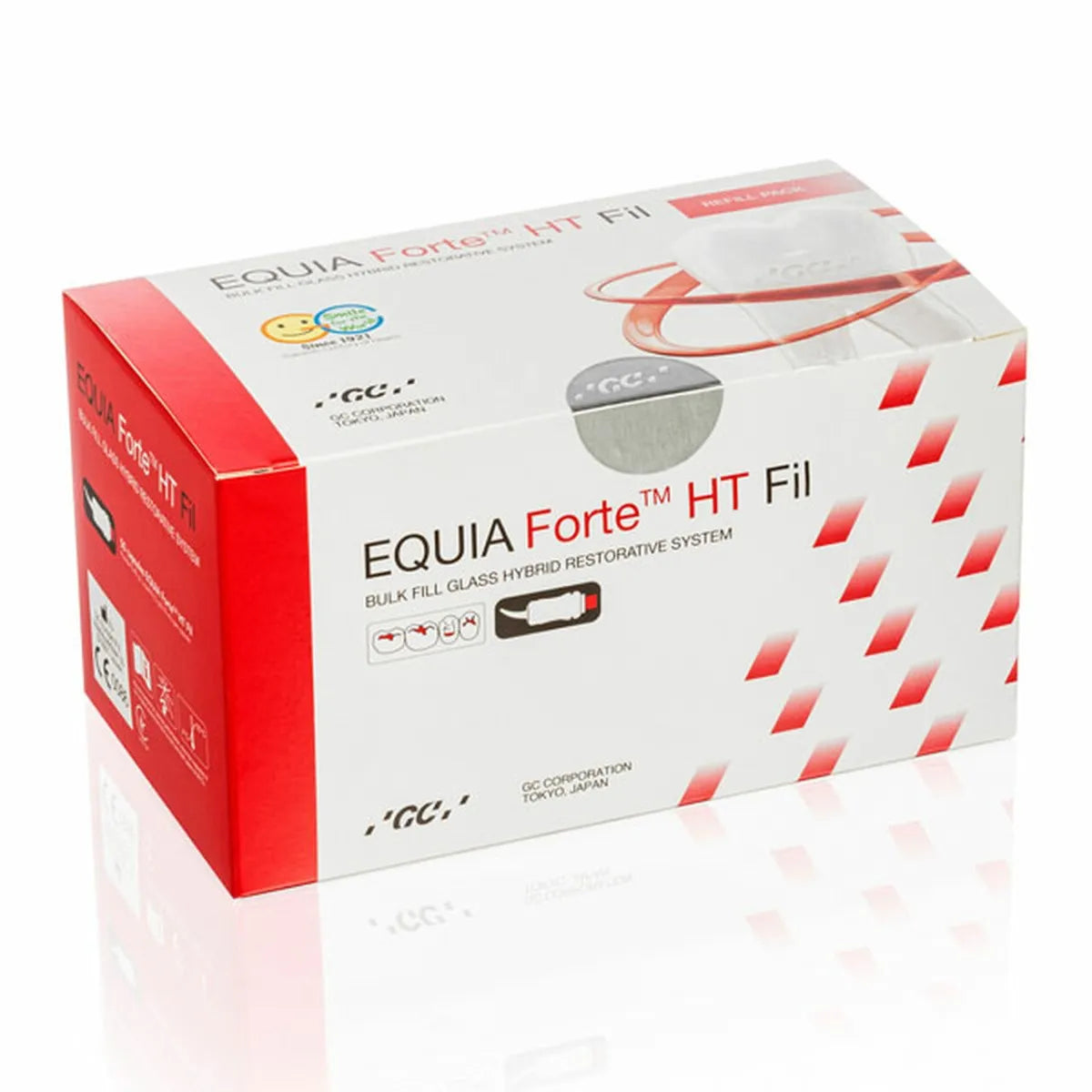
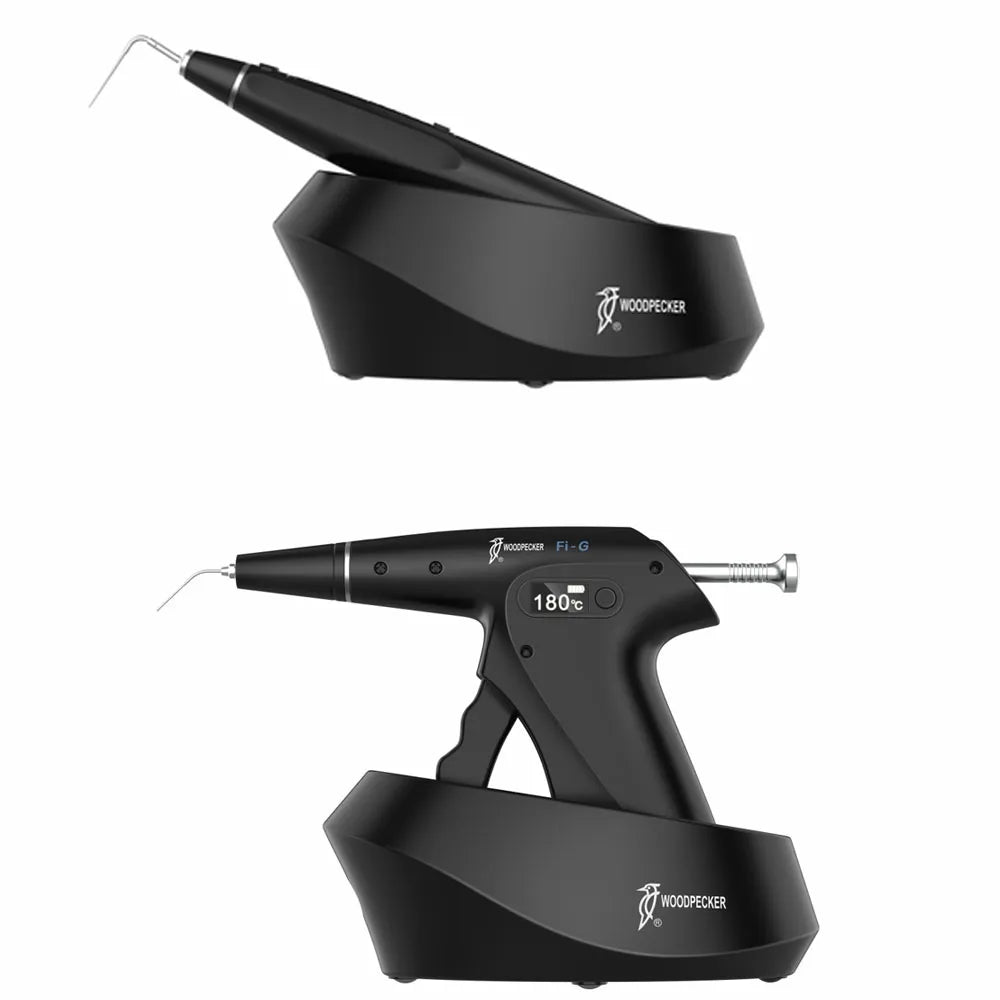
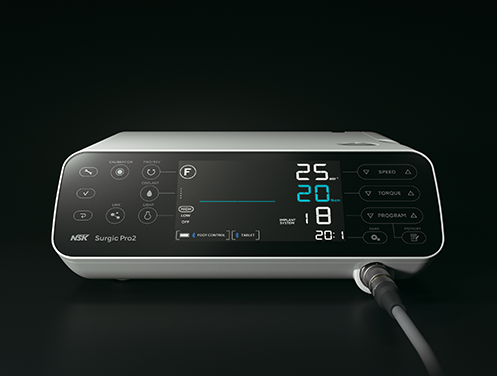
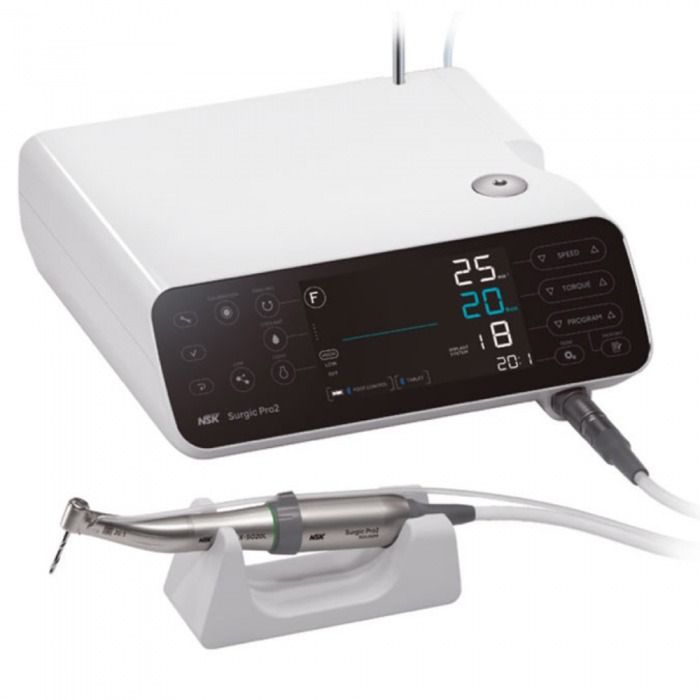

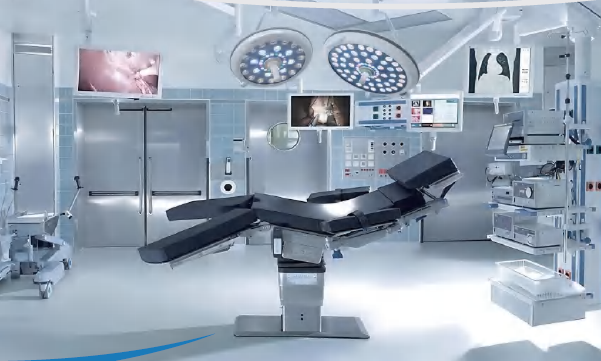

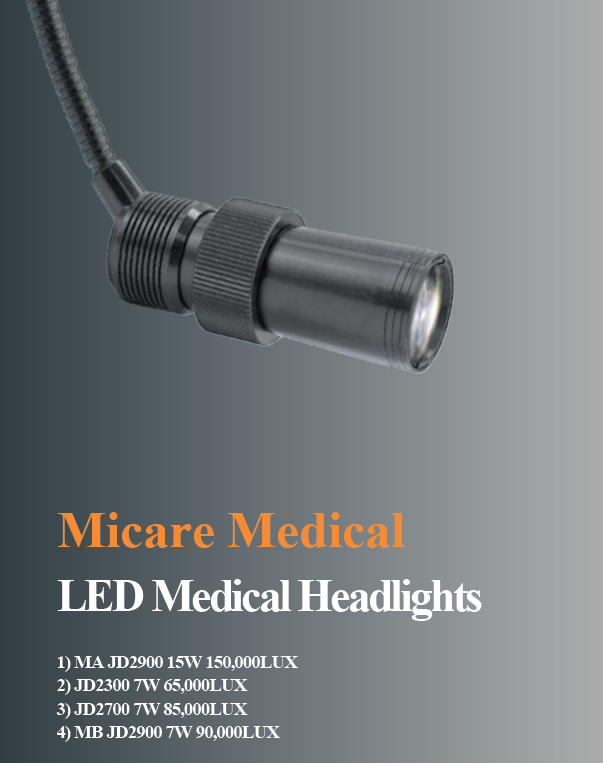

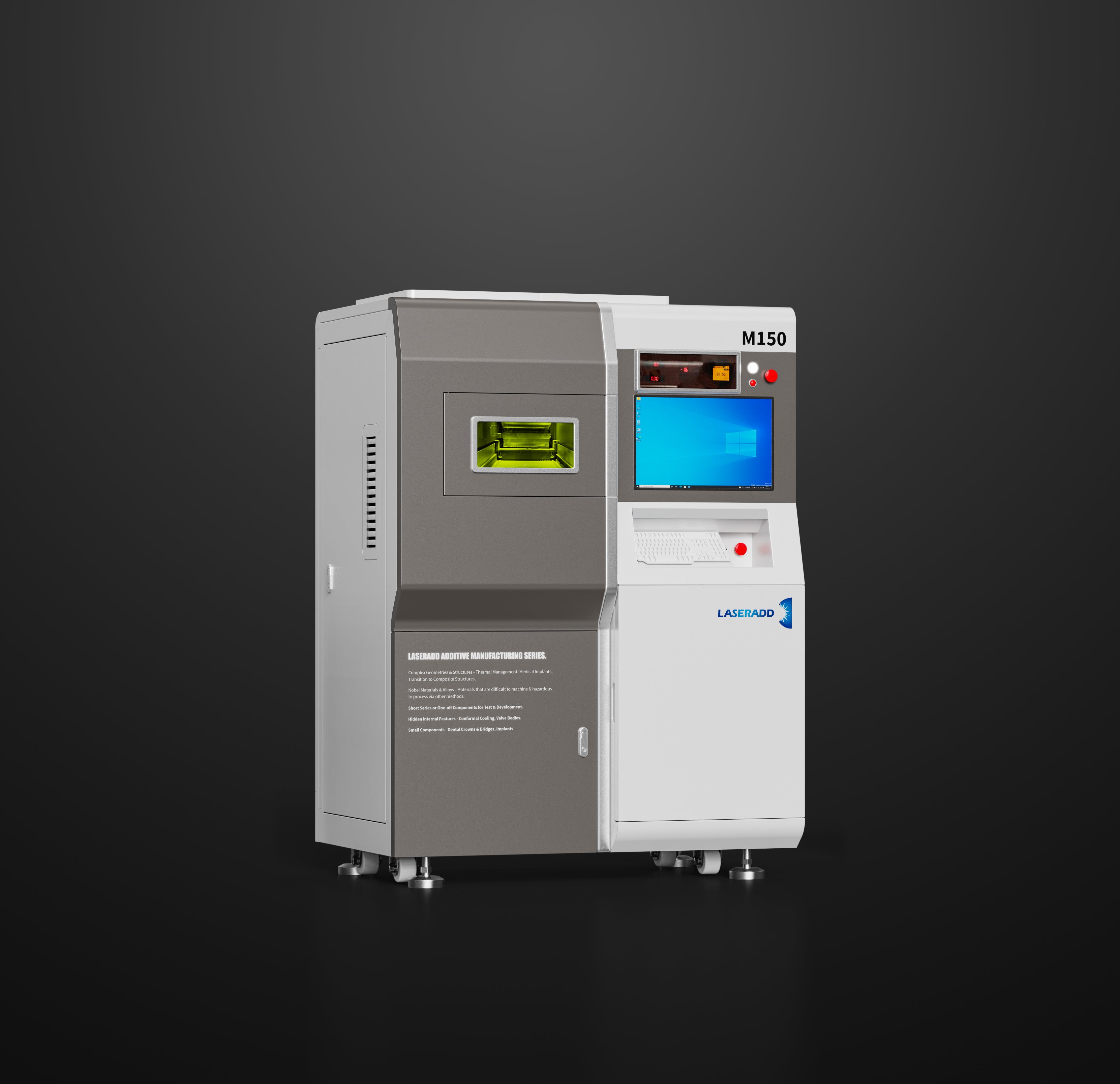
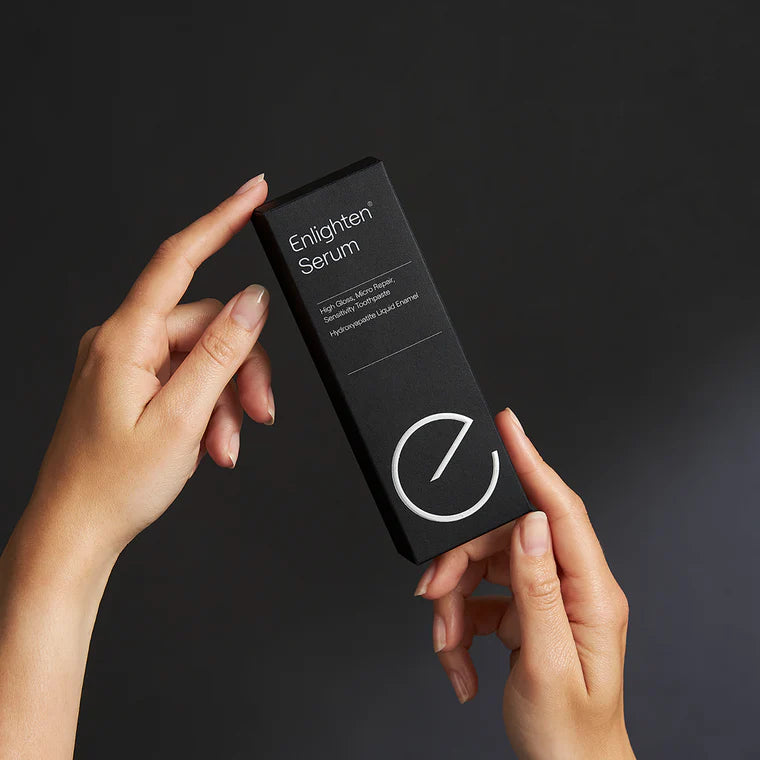
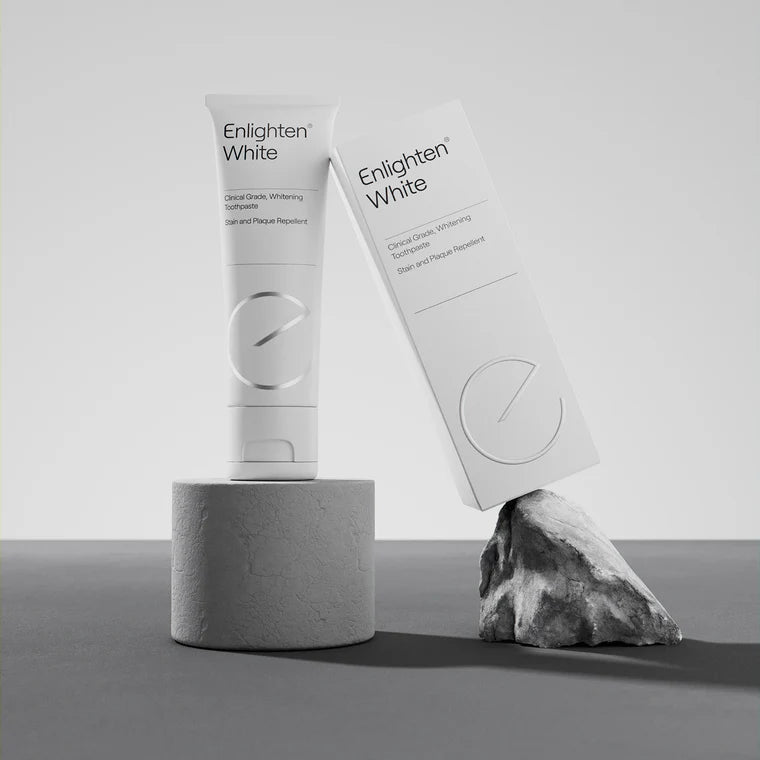
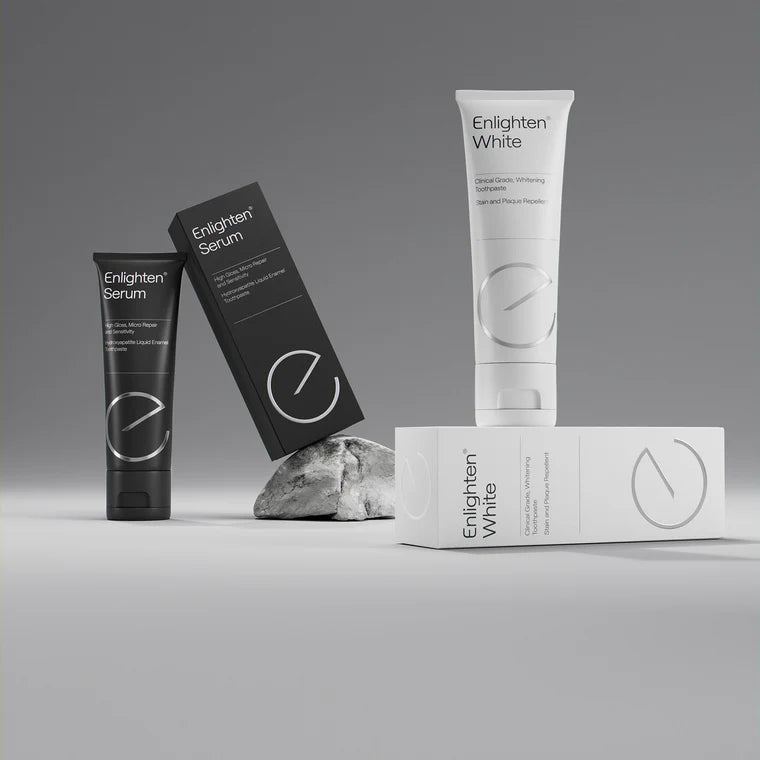
 Whatsapp us!
Whatsapp us!